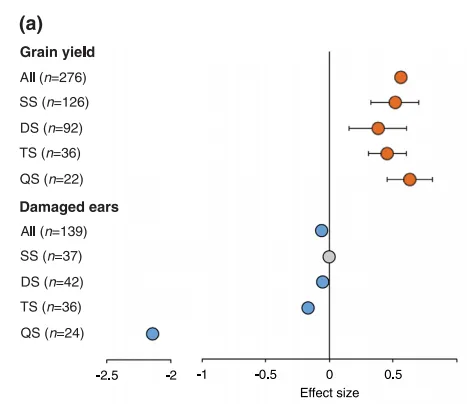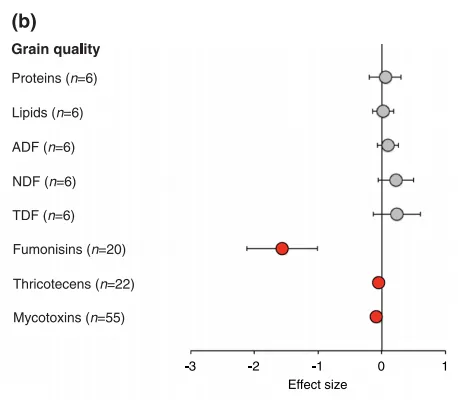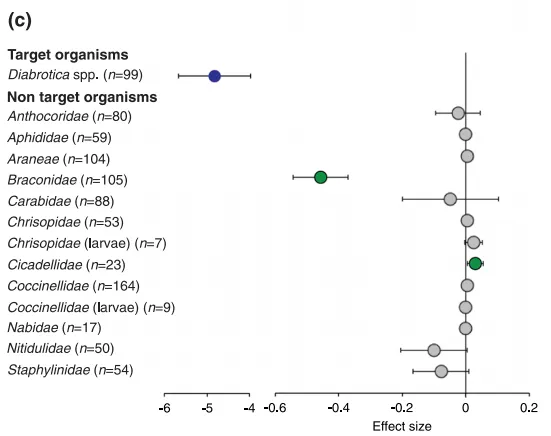I have just read a new scientific article about the impact of GMO, and I wanted to share it with you.
This article was published online on February the 15th, thus it's very, very fresh.
And it's Open Access, Creative Commons Attribution 4.0, thus we can read it together.
Thank you very much for providing us the knowledge: Elisa Pellegrino, Stefano Bedini, Marco Nuti and Laura Ercoli.
This is a meta-analysis, based on 76 publications (6,006 publications were examined).
Why do we lose so many data? The answer is simple, there is no standardized way to represent the data.
What is GMO?
I will tell you only one thing: GMO has nothing to do with poking the tomato with needles, it's just some very creative vision of photographers.
If you want to find out more about GMO plants, check several great posts written by other Steemians (sorted alphabetically):
- @jepper, GMO Plants – What are they?
- @justtryme90, Science Lesson: Genetically Modified Organisms, (How are GMOs Created?)
- @scienceangel, Séralini affair - Why Study Data linking GMO Maze to Cancer is Inconclusive?
- @sco, Sco's tox-blog #1: Organic food: the misconception of healthiness
- @suesa, WTF is a GMO?

This is not the way how GMO is produced, this is a photo
Actual Study
GMO Maze is with us for the last 20 years, but it still sparks the debate if it's safe not only for human consumption but also raises the question Is it safe for the environment?. And is it useful, can we produce more food if we use the GMO maze?
In 2016, 12% of corn produced worldwide was GMO and in developed countries that percentage was even higher, 54%.
Besides the evidence, GMO crops are prohibited in 19 European countries, but such decision is more political than scientific.
Let's see the results...
Quantity
Higher grain yield and less damaged ears in genetically engineered plants (ears are that top of the corn, were are the seeds)

You are probably wondering what are those abbreviations, SS, DS, TS, QS?
- SS, single stacked hybrids, Bt corn that provide borer resistance by synthesizing the Bacillus thuringiensis protein
- DS, double stacked, include two of the following characteristics: corn borer resistance, corn root worm resistance, or herbicide resistance.
- TS, triple stacked, all three mentioned effects
Source, Monsanto
What about the Quality?
There is a common belief that GMO crops are inferior when it comes to quality, but is it true for maize?

The amount of proteins, lipids and fibers (acid detergent, neutral and total) is the same.
Trichothecenes and mycotoxins are also on the same levels.
And Fumonisins levels are significantly lower.
Impact on other organisms
This is the point that concerns me the most, thus let's see the data:

Diabrotica are the root worms, we want to kill them thus it's good.
Braconidae are corn borers, we also want to kill them, thus it's another success.
Other organisms were not affected, and it's great!
In conclusion
After two decades of real, field studies, we can say that it's looking good for GMO maize:
- it provides us more food
- it doesn't harm non-targeted organisms
- it decomposes well
- and there are actually lower levels of mycotoxins
Keep in mind that GMO plants are examined case by case, and only when those organisms prove that are perfectly safe - they can be used.
In many cases, there is a political decision whether to allow them or prohibit them, because many countries want to have their own production of seeds and in the free market - many local institutes would lose and dissapear.
References:
- Elisa Pellegrino, Stefano Bedini, Marco Nuti, Laura Ercoli (2018) Impact of genetically engineered maize on agronomic, environmental and toxicological traits: a meta-analysis of 21 years of feld data, Scientific Reports, link
- It's legal to use the images from the paper, always take care about this!

Learn something new, follow
